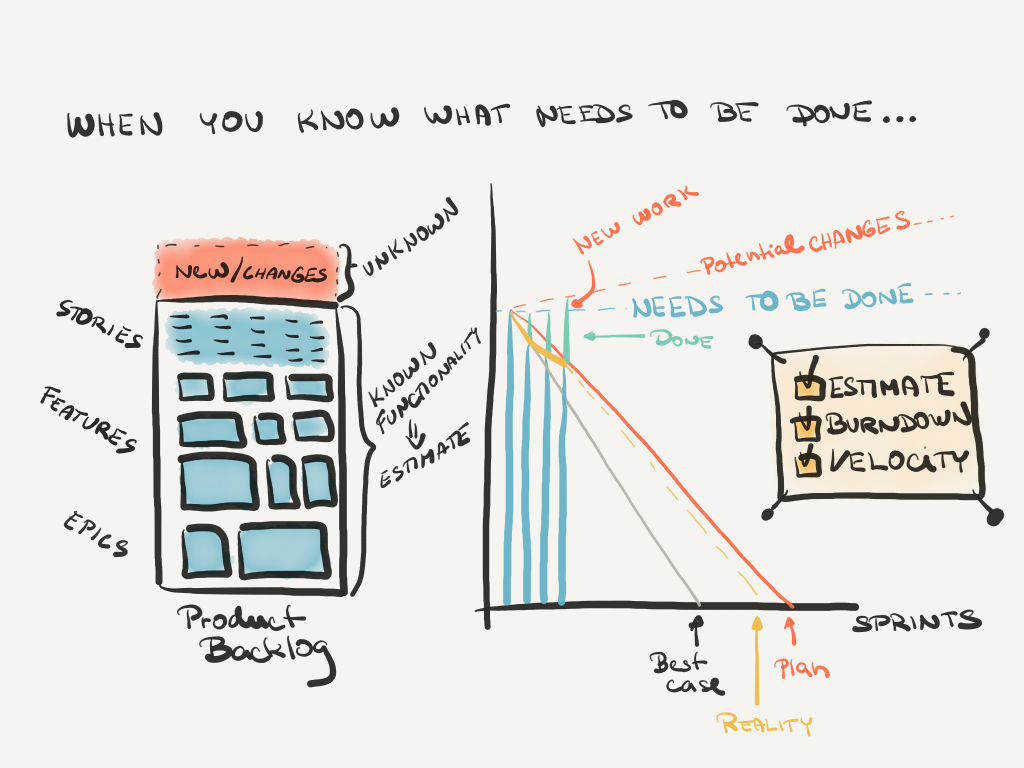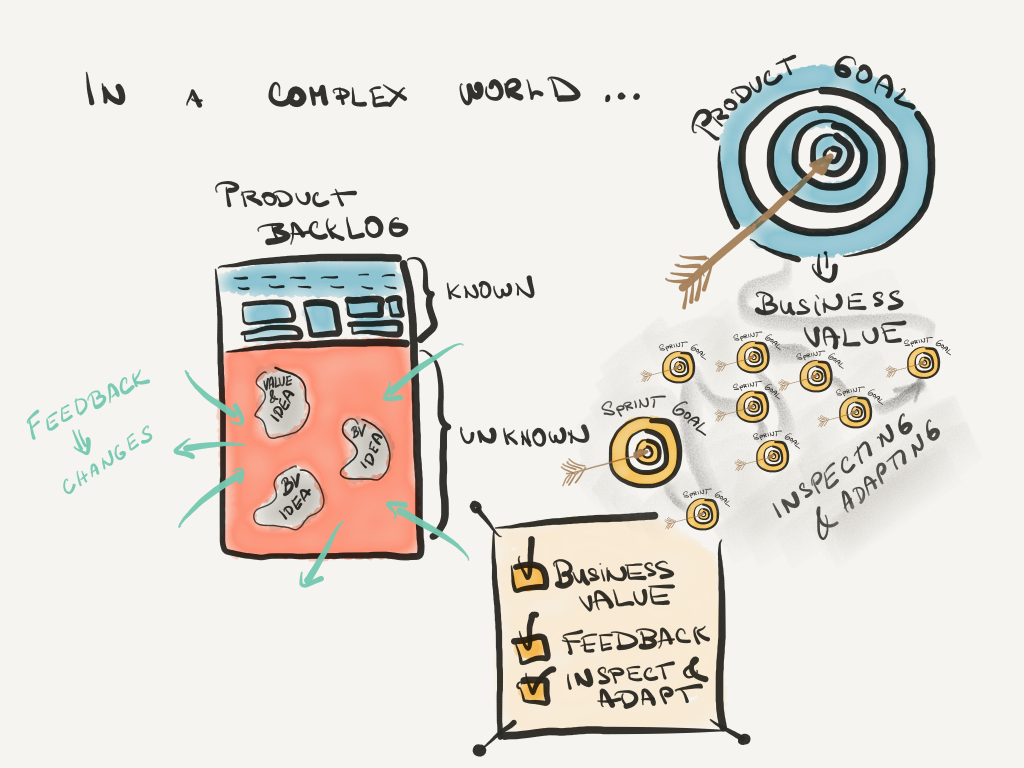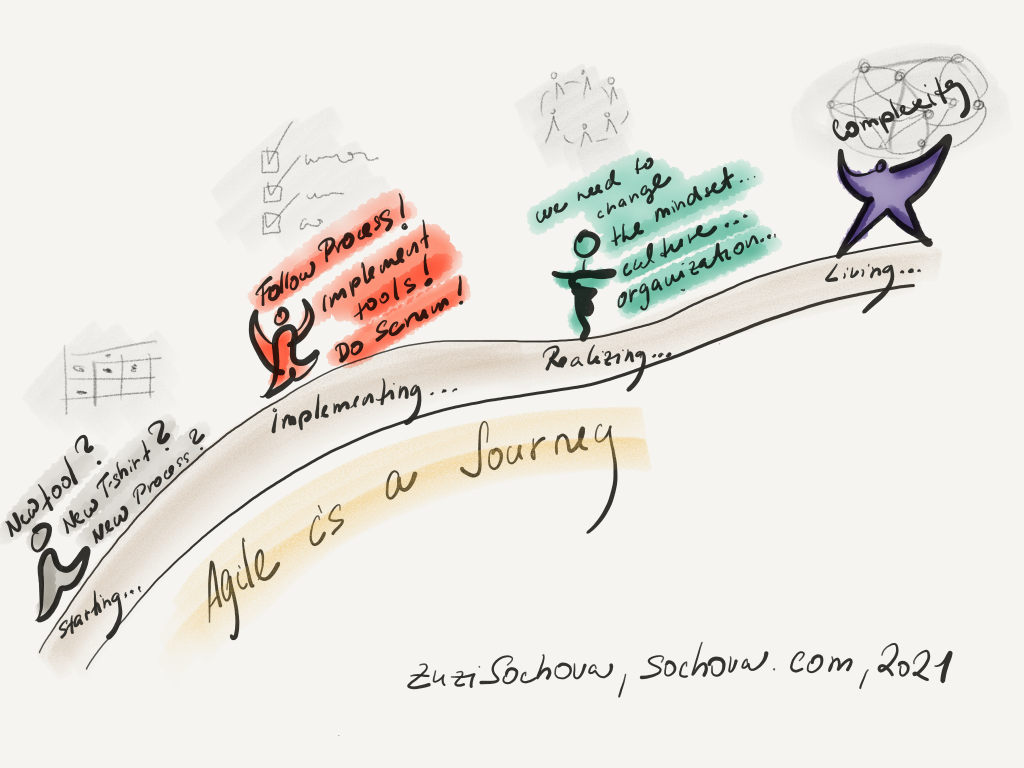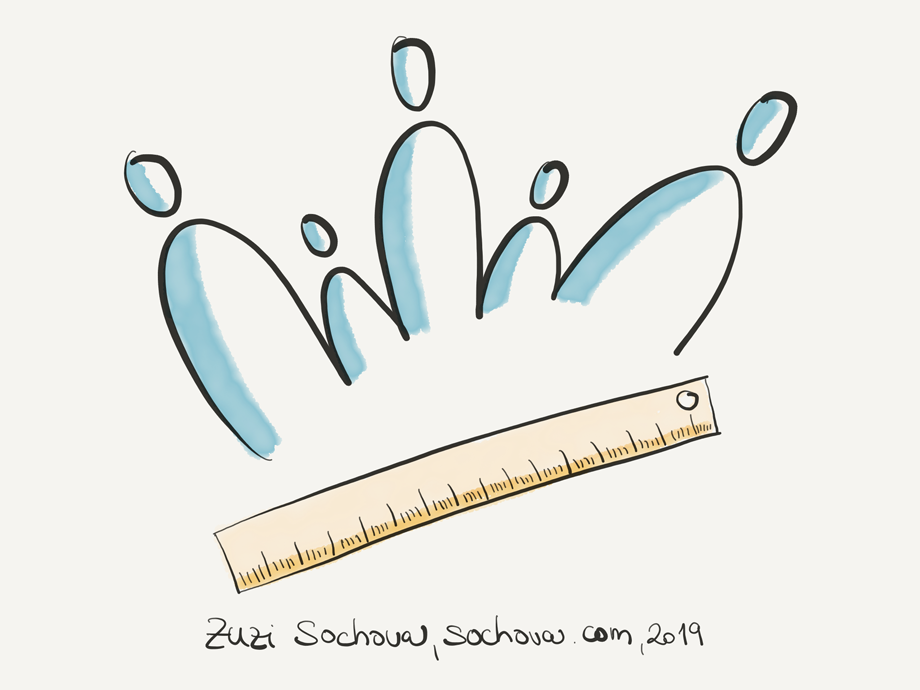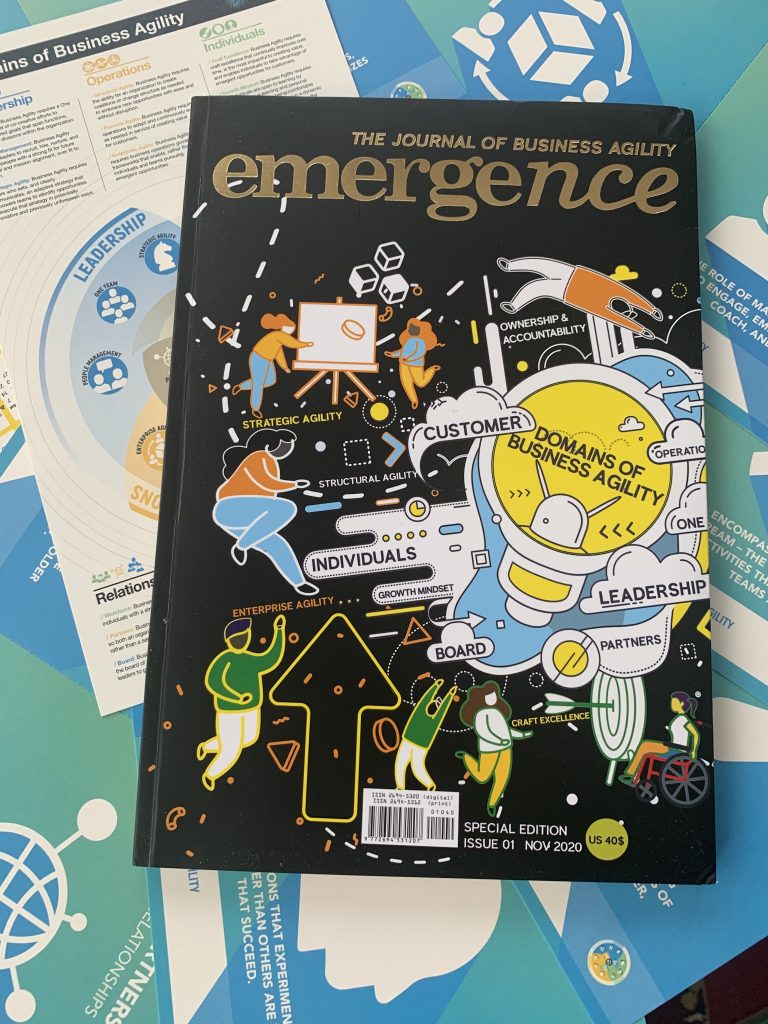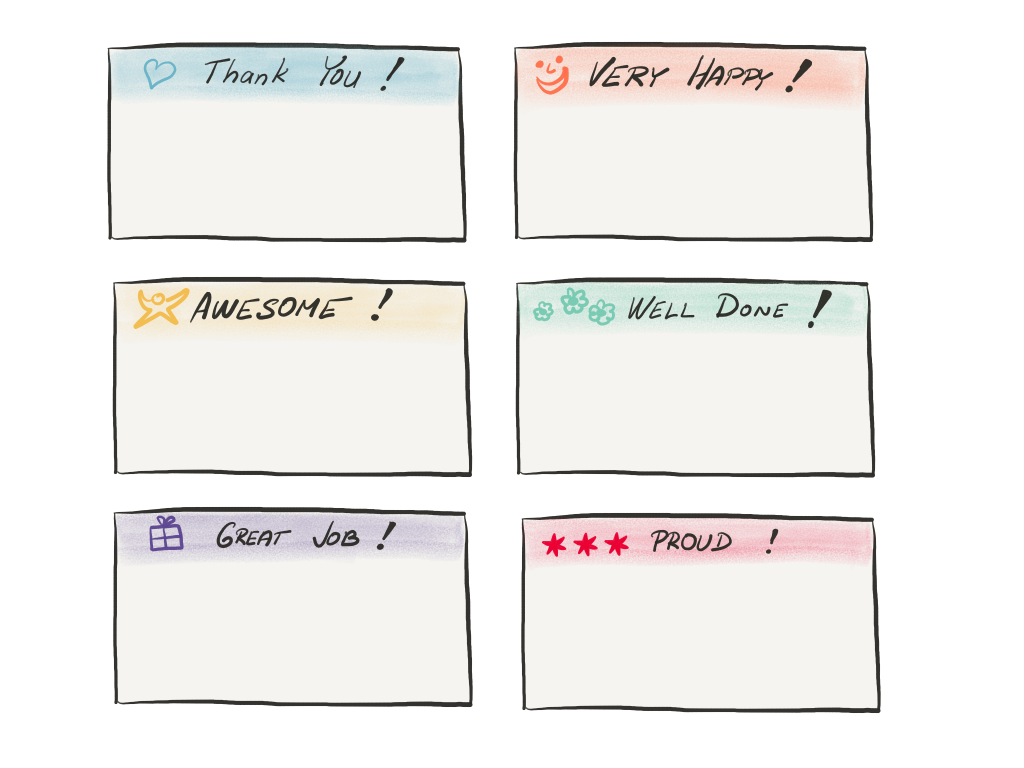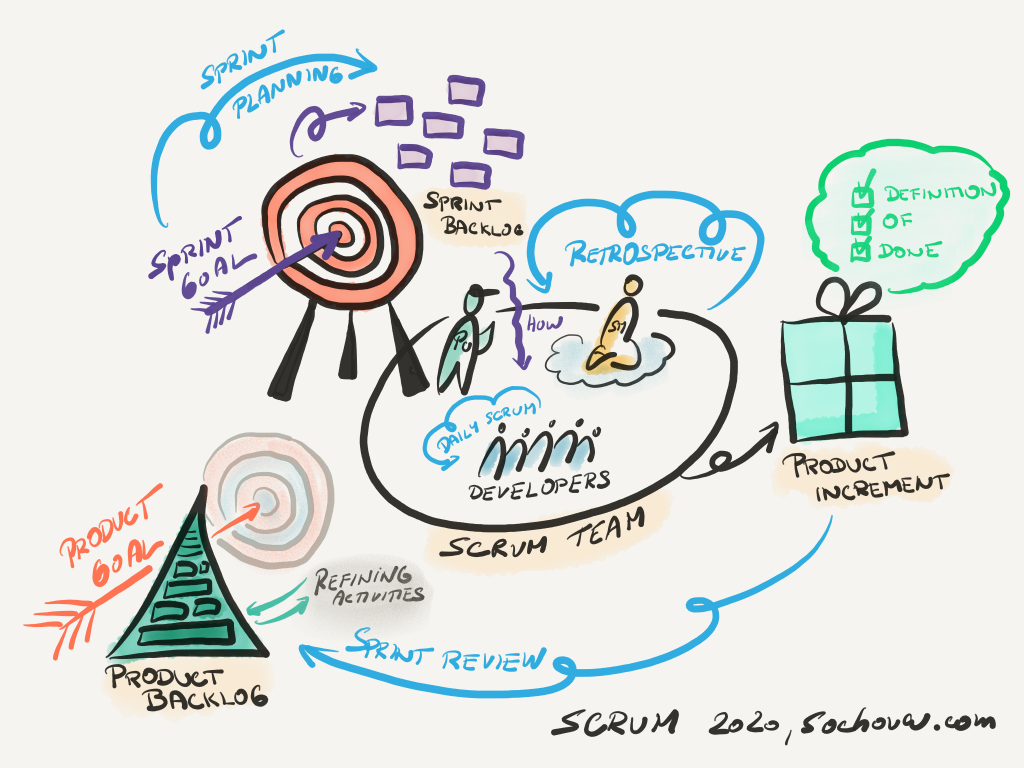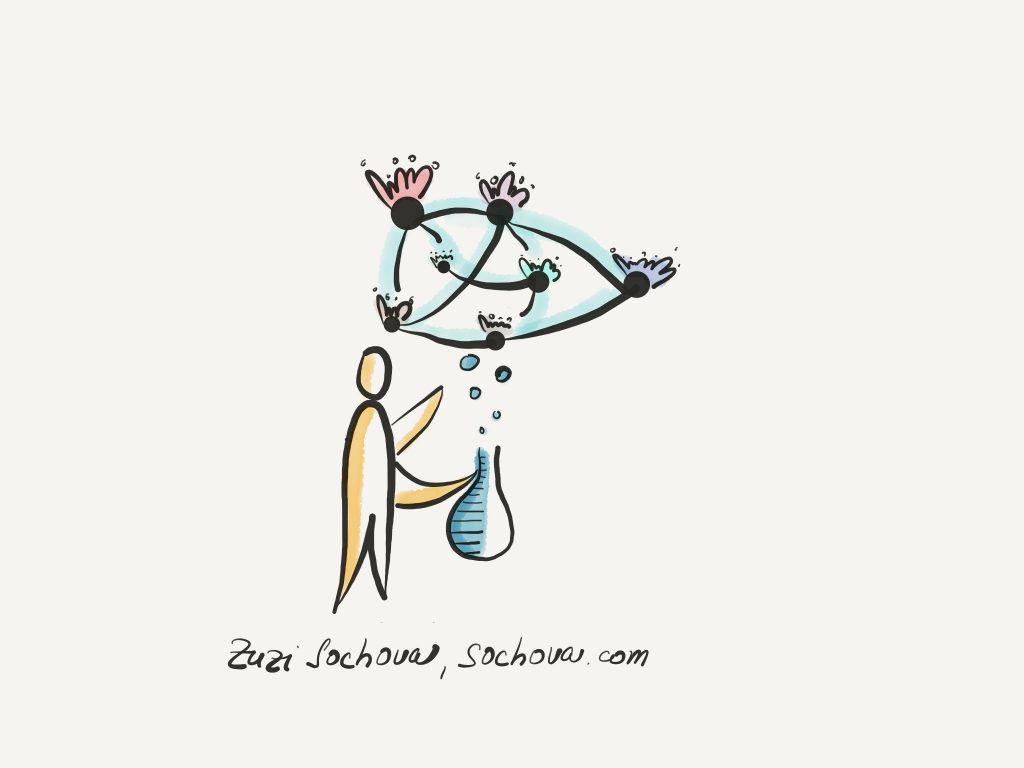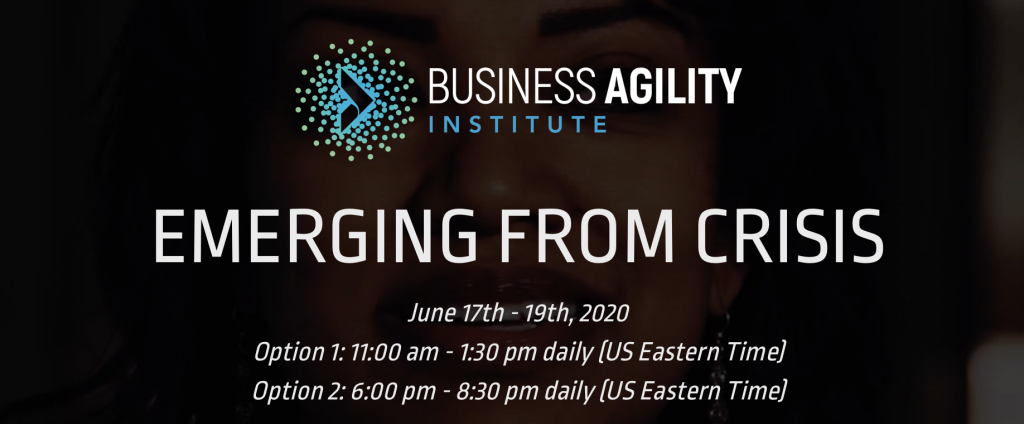Every year I speak at many conferences and based on my experience I recommend some places to go for inspiration. It’s not my intention to cover them all, I’m sharing places where I like to return. Inspiring places with interaction, high energy, and great speakers.
- Business Agility Institute organizes several high-quality content conferences every year, bringing the best Executive, Thought-Leader, and Practitioner speakers to NYC to share their experiences and insights with you. No tracks, just the best stories, concisely told in 20-minutes. Join us in the NYC on Mar, 23-24, 2022.
- LeSS Conference is for practitioners. Since 2016, LeSS Conferences is where LeSS Practitioners share their LeSS experience and learn from new experiments. Join this year conference in Warsaw, Poland on Sep 22-23, 2022.
- AgilePrague Conference is planning to create two days of experience face to face this year on Sep 19-20, 2022.
- XPDays Benelux XP Days Benelux is a conference made for, and by, the Agile Community. It focuses on practical knowledge, real-world experience, and the active participation of everyone. There is no date yet, but the plan is to make the 2022 mini edition a physical gathering, in Belgium! Stay tuned.
- Global Scrum Gathering is back in Denver, Colorado this year. Reconnect with the community and join this outstanding event on Jun 5-8, 2022.
- AgileTestingDays is another great event happening for many years in Potsdam, Germany. Join Europe’s greaTEST Agile Testing Festival on Nov 21-24, 2022. There are always great speakers and a friendly atmosphere.
- ScanAgile is one of my favourite conferences. Planning started 🙂 But no details yet.
- Agile2022 conference brings Agile communities together year after year to share experiences and make new connections. Join passionate Agilists from around the world to learn about the latest practices, ideas, and strategies in Agile software development from the world’s leading experts, change agents, and innovators. This year it’s on July 18-22, 2022 in Nashville, Tennessee.
- XP 2022 is the premier Agile software development conference to combine both research and practice. It is a unique forum where Agile researchers, practitioners, thought leaders, coaches, and trainers get together to present and discuss their most recent innovations and research results. The theme for XP 2022 is Agile in the Era of Hybrid Work. The conference is planned entirely as a physical event in Copenhagen on Jun 13-17, 2022.
- Finally, if you want to experience something different, joinRegional Scrum Gathering Tokyo. It’s organized by an enthusiastic agile community in Japan. The purpose is to provide a “Ba” (place) where practitioners share ideas among Scrum practitioners having a great diversity. Regional Gatherings provides a unique experience and even if you don’t speak Japanese, there are some talks in English and other translated. Join the local community on January 5-7, 2022.
The selection is based on my personal preference and experiences from those events.
Other conferences to consider this year
There are many great events that didn’t make it to this list, so please share your suggestions with us and we add them to the following list.

